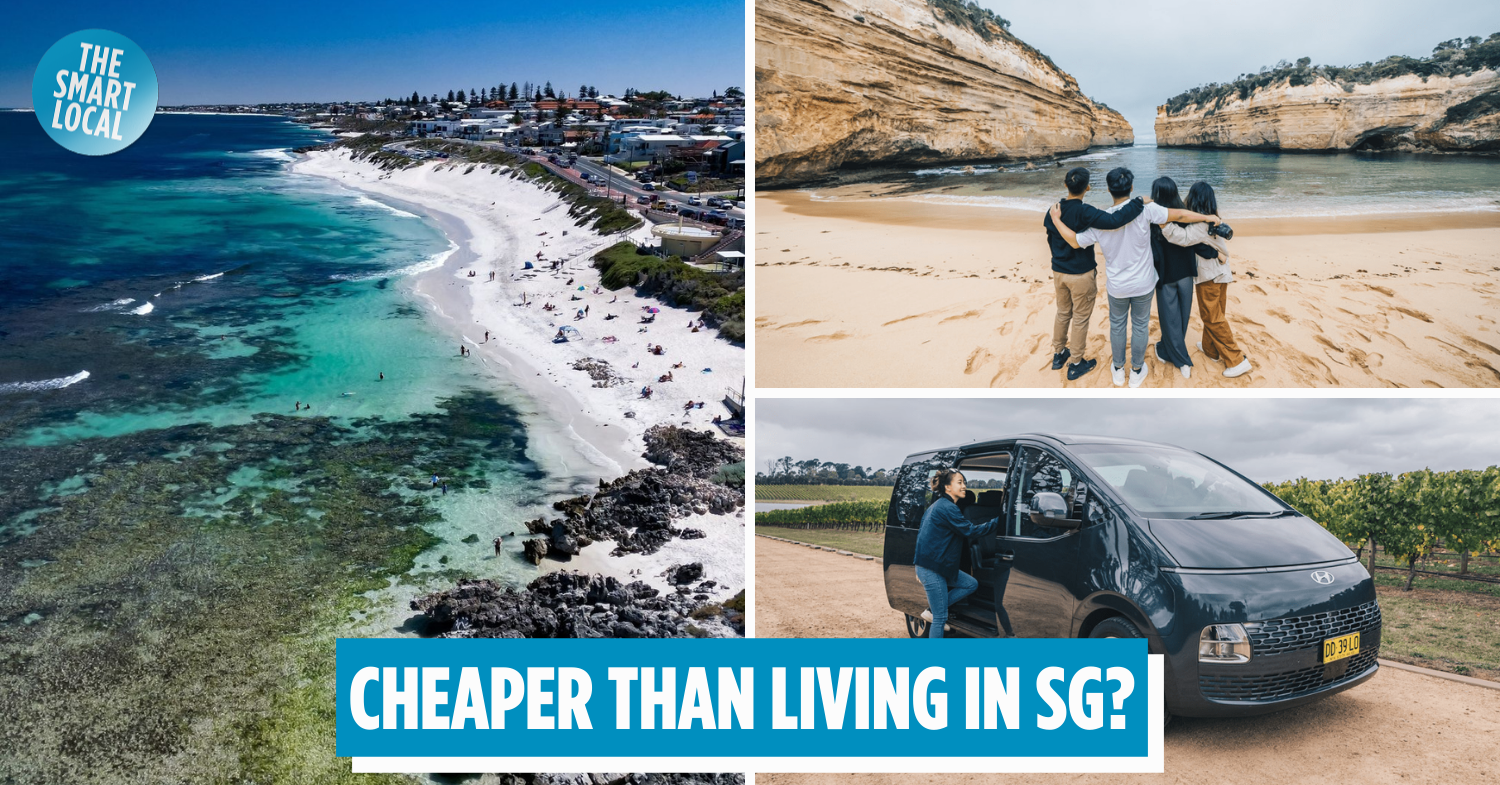How to migrate to Australia from Singapore
With beautiful rugged beaches and lush hinterlands, Australia’s one of the top destinations for Singaporeans hoping to move overseas. But migrating anywhere, especially to a place with as many visa options as Australia, can be quite intimidating. Do you need a job before moving? What’s the cost of living like? Where do you even start?
In our guide, we break down the different visas available and how much you should save up before migrating to Australia from Singapore. Hopefully, it’ll help you navigate the complexities of travelling to the Land Down Under.
How to apply for a long-term Australian visa (~S$624.11-S$7,779.36)
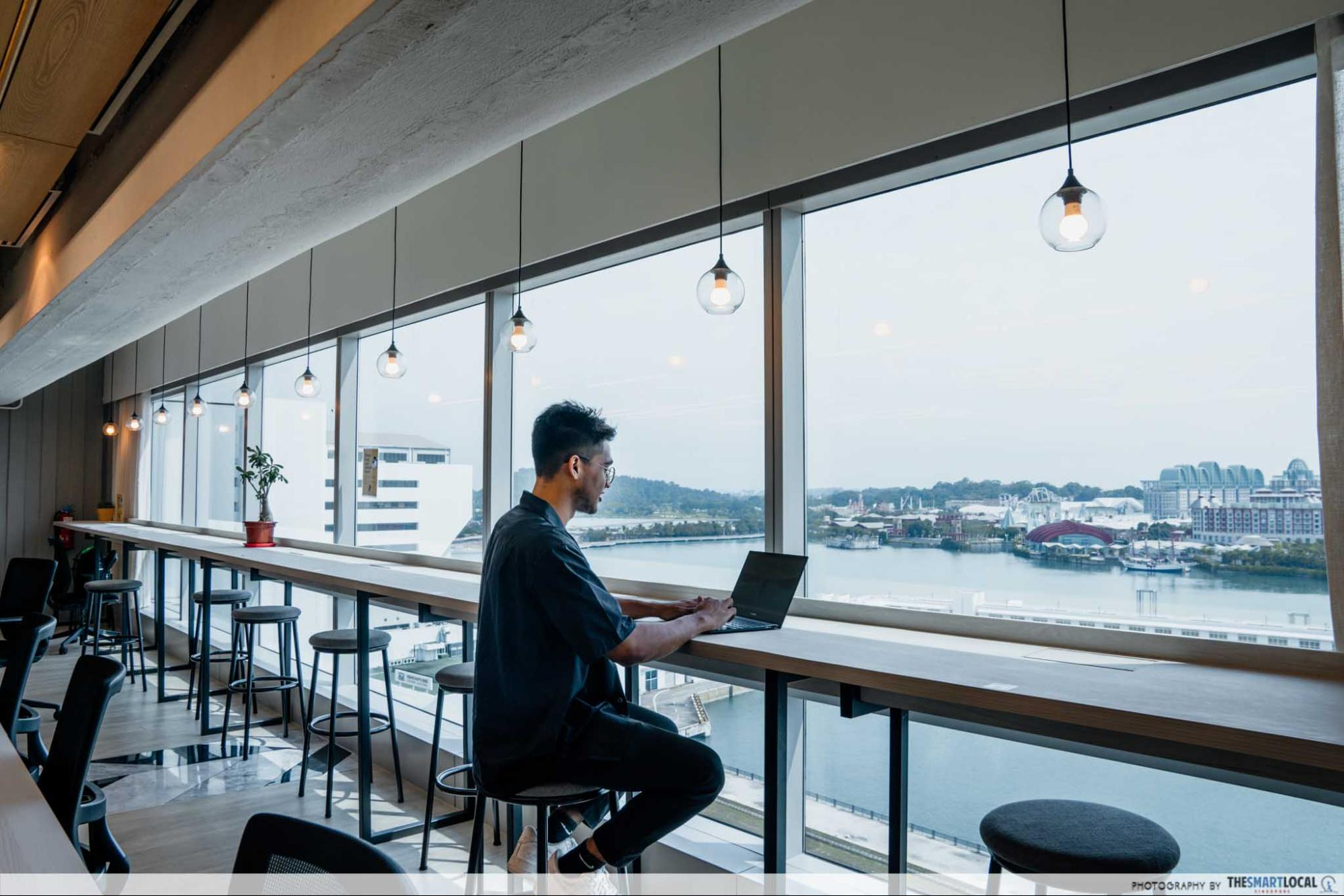
When it comes to visa options available, Australia has some of the most extensive lists we’ve seen. Depending on your reason to migrate, you can choose from either a skilled visa, employer-sponsored visa, student visa, or family visa. Each category has different costs and requirements, too. The fees will be payable to the Australian Government towards the end of the process.
Types of long-term visas
Temporary Skill Shortage Visa (subclass 482):
If you’re migrating to Australia after securing a job, then the Temporary Skill Shortage Visa (subclass 482) lets an employer sponsor a skilled worker from overseas to fill a position they can’t find a suitably-skilled Australian to fit. The base application charge costs AUD1,455 (~S$1,278.98), and you’ll have to pay AUD365 AUD- AUD1,455 (~S$320.84-1,278.98) for additional applicants like your kids.
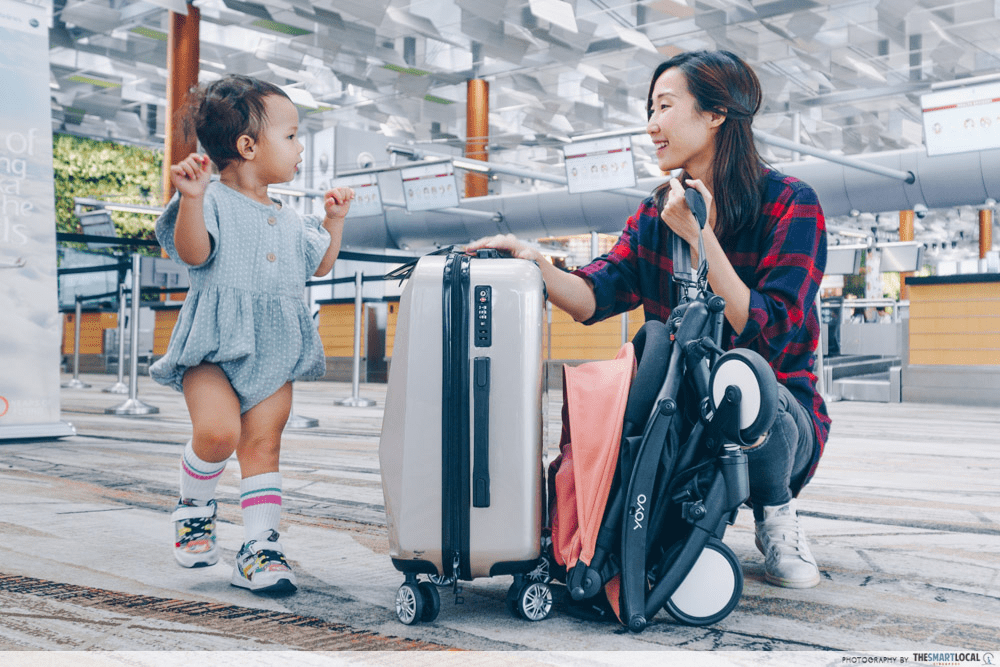
Skilled Independent Visa (Subclass 189):
Don’t fret if you don’t have a job lined up before deciding to move. There are also a few skilled visas available, namely subclass 189, 190, and 491. This applies to a variety of jobs, from accountants, aeronautical engineers, biochemists, or even economists.
The Skilled Independent Visa (Subclass 189) will allow you to work and study in Australia permanently and enrol in Australia’s public health care scheme. You can also sponsor your relatives to come to Australia and become a citizen if eligible.
Skilled Nominated Visa (Subclass 190) & Skilled Work Regional (Provisional) Visa (Subclass 491):
However, if you’re in an occupation in Singapore that’s on Australia’s skilled list, go for the Skilled Nominated Visa (Subclass 190) instead. Otherwise, the Skilled Work Regional (Provisional) Visa (Subclass 491) allows the applicant to stay in Australia for 5 years if they’re nominated to apply by a state or territory government agency, or have an eligible relative as a sponsor.
Subclass 500 student visa & Partner (Provisional and Migrant) visa (309/100):
Of course, there’s also the subclass 500 student visa (from AUD710 AUD, ~S$624.11) or the Partner (Provisional and Migrant) visa (309/100), which is the most costly visa at AUD8,850 (~S$7,779.36).
Tips to know for visa application
Do ensure that you have the necessary paperwork, including but not limited to your paid visa fee, police certificates, family certificates, evidence of financial means, health insurance, employer permission letter, and invitation letter (if any). You’ll also have to meet health requirements depending on your age. Some of the more crucial tests to take include a TB screening test, chest x-ray, and HIV test.
The Australian Government also has some character requirements you should take note of. TL;DR: You can’t have a criminal record in Singapore. For more information on character requirements for visas, check out the Australian Government of Home Affairs website.
Besides that, you’ll also need proof of sufficient funds in your bank account, depending on which visa you’re applying for. This is to ensure that you’re able to financially support yourself after moving to Australia, should there be delays in starting your new job, for example. Additionally, it’s also important that you understand visa processing times and potential delays – so play accordingly.
Legal & administrative procedures (from ~S$2,652.02)
Once you’ve sorted out your visa situation, it’s time to arrange for legal and administrative procedures, mainly your tax file number, opening an Australian bank account, and getting your health insurance sorted.
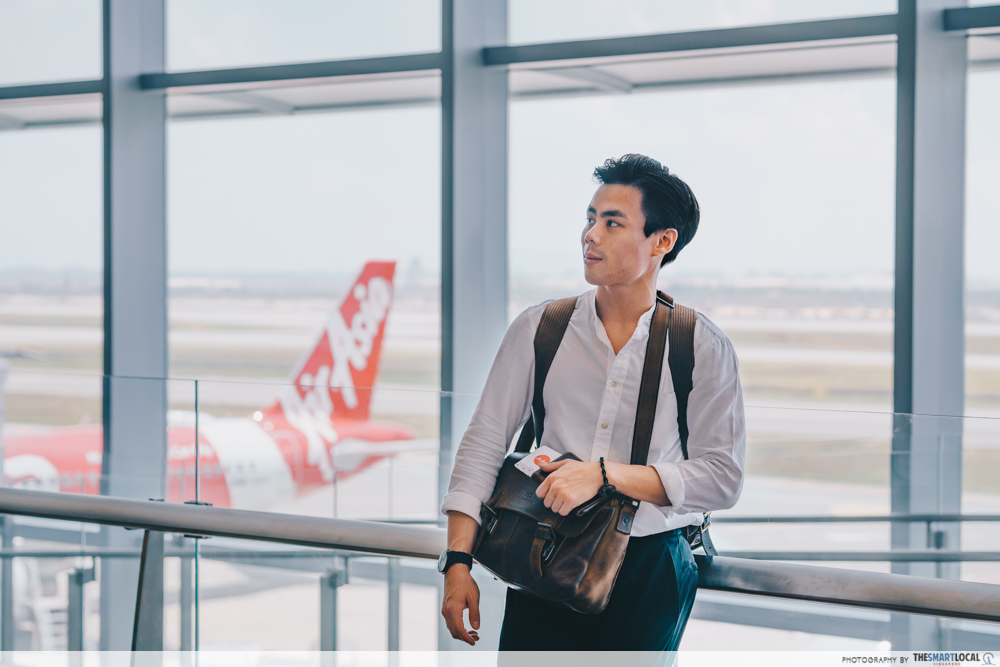
Obtaining a tax file number (TFN)
You’ll need your tax file number (TFN), a unique 9-digit number that you use for the tax and superannuation systems in Australia. Applying for the TFN is free. To apply, you’d need to be a foreign passport holder, already be in Australia, or have one of the following visas:
- A permanent resident visa
- Visa with work rights
- Overseas student visa
- Visa allowing you to stay in Australia indefinitely (including New Zealanders who are automatically granted a visa on arrival)
Where to apply: Australian Government Taxation Office
Opening a bank account and transferring funds
While this is not a legal requirement, one of the first things you might want to do when moving from Australia to Singapore is an Australian bank account. Choose from major banks such as Westpac, ANZ, and Commonwealth Bank. Otherwise, multi-currency alternatives such as Wise and Revolut are also available. Opening a bank account is usually free, although some banks charge monthly fees from AUD4/month (~S$3.52).
One thing to know is that Australian banks use a points system for documentation. To simplify it, there’s a given list of documents, and each is assigned a set number of points. To open a bank account, you’ll need to present these documents that can easily bring you up to 100 points:
- Primary documents such as passport or driving license: 70 points
- Secondary (must have photograph and name): 40 points
- Secondary (must include name and address): 35 points
- Secondary (must include name and signature/date of birth): 25 points
Secondary identification documents include a birth certificate, Medicare card, foreign driving license, and official Australian government correspondence.
Getting health insurance
Certain temporary visa holders, including family visas, work visas, and business visas, have access to Medicare, Australia’s national healthcare scheme. Otherwise, it’s important to obtain private health insurance from providers such as Allianz Care and Bupa to ensure that you’re fully covered for any unplanned medical or hospital care.
According to Canstar, yearly health insurance costs around AUD3,017 (~S$2,652.02) for those under 36, AUD3,456 (~S$3,037.91) for those aged 36-59, and AUD3,829 (~S$3,365.78) for people above 60.
Which is the best Australian city to live in?
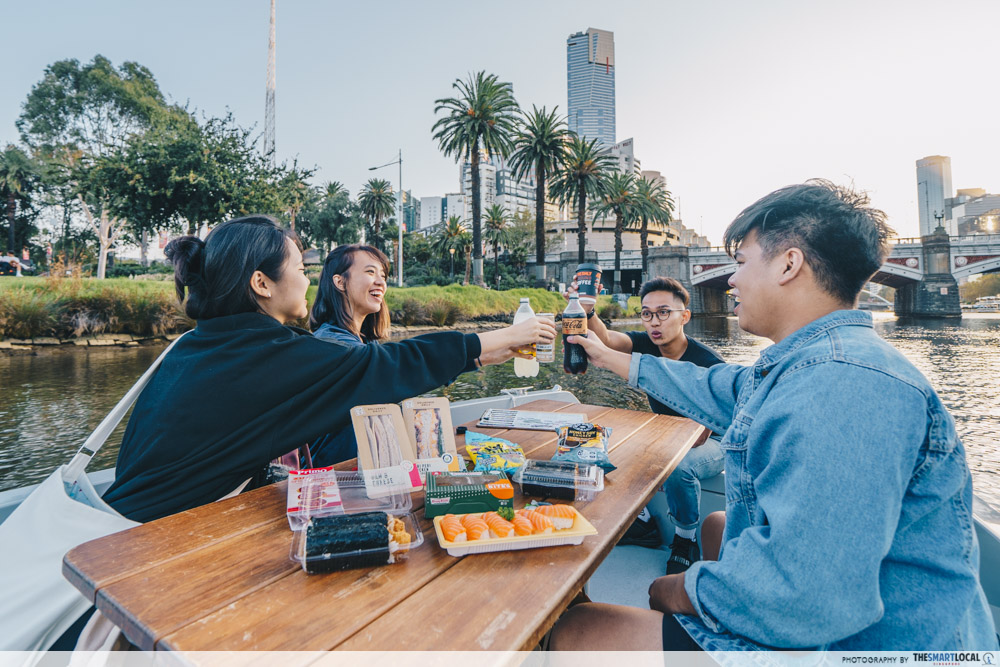
There are also cool outdoor activities in Melbourne like this picnic experience on Yarra River’s Goboat.
Not all Australian cities are made equal. After all, the country is 7.688 million sqkm. Melbourne is best for culture, especially with the variety of museums, show venues, and live concerts available. Melbourne’s also famed for being the world’s coffee capital – perfect for those who make cafe-hopping to find the best cup of joe their mission.
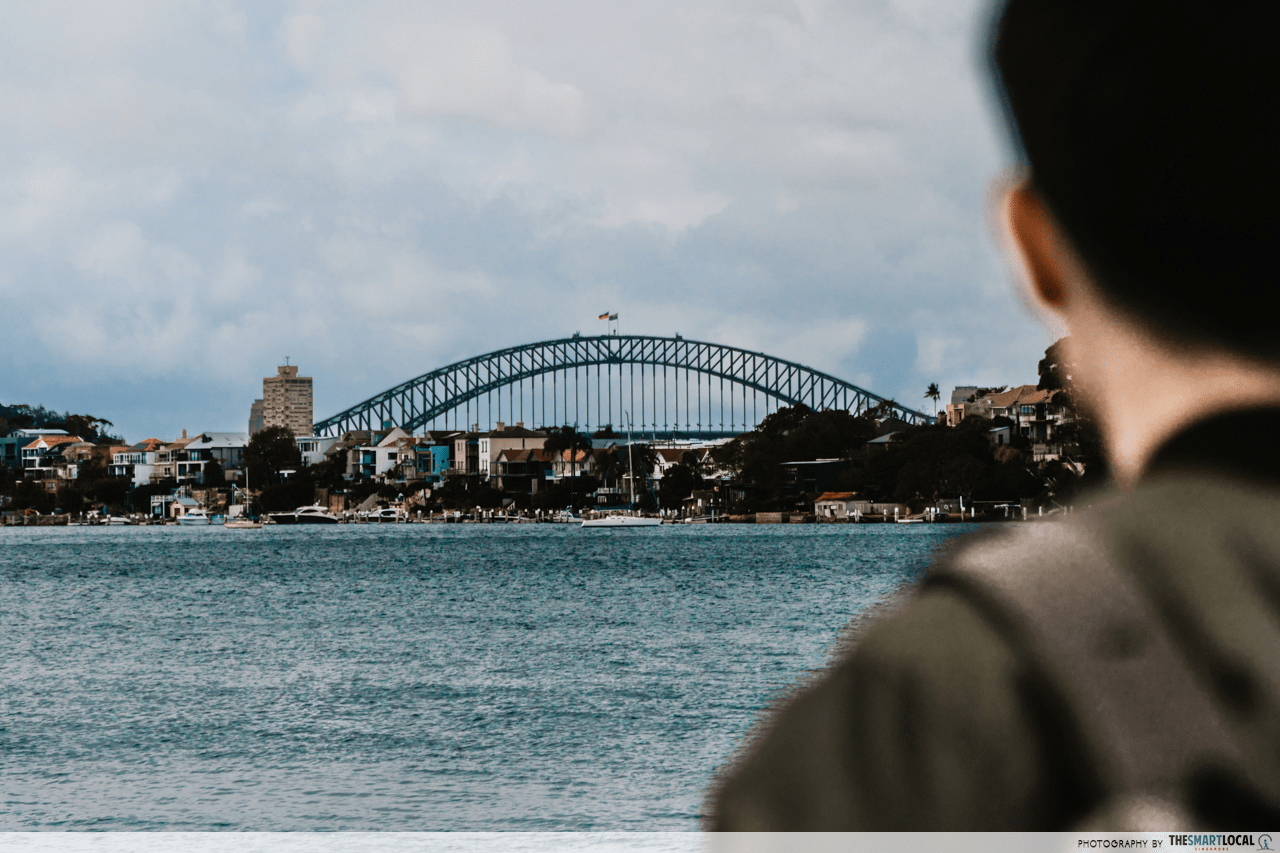
Sydney, Australia’s biggest city, is best for job opportunities and has some of the country’s most iconic sights – think the Sydney Opera House and the Harbour Bridge. And while Brisbane has the reputation of being a sleepy city, it’s a short drive to beautiful towns in north eastern Australia like Byron Bay, Gold Coast and Noosa. It’s also best for rural escapes to Australia’s hinterland regions.
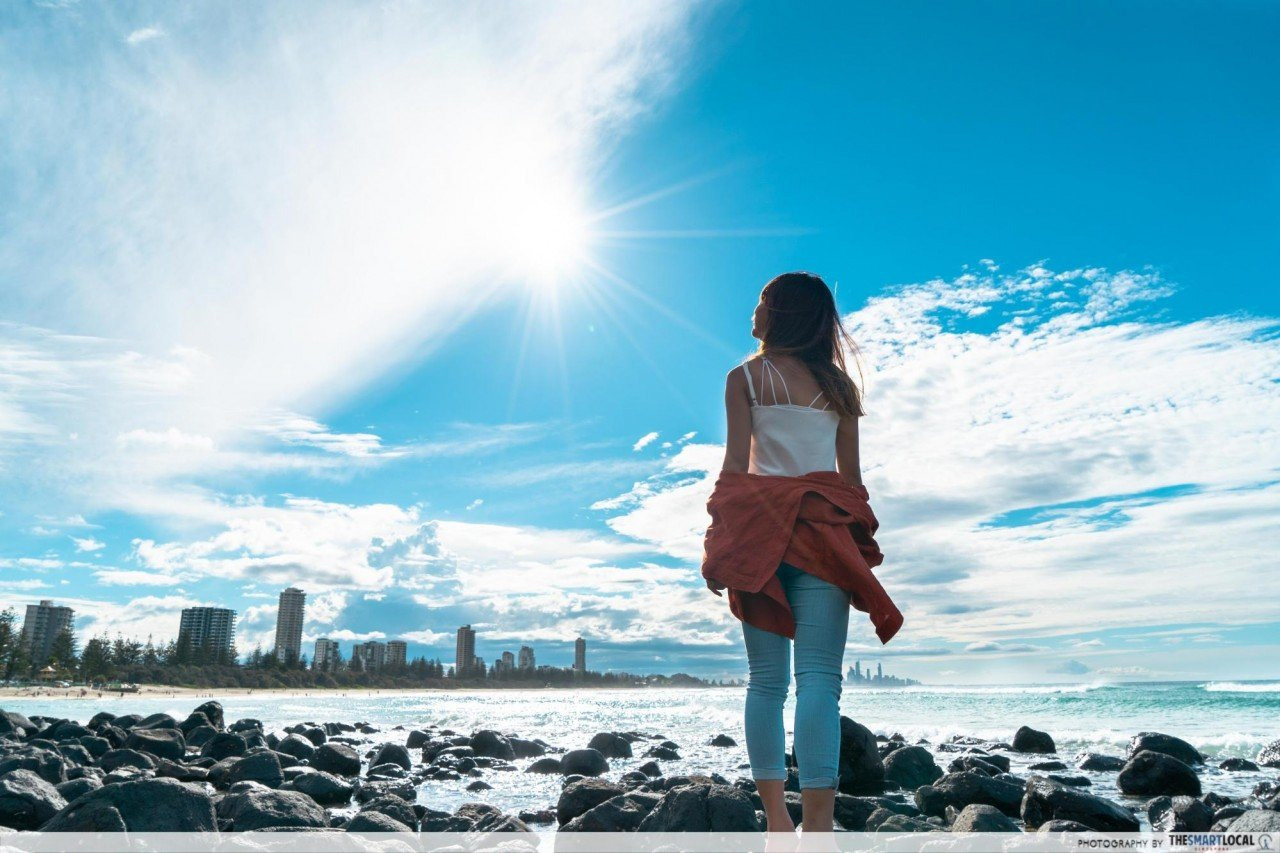
Gold Coast.
If you’re craving to be near the white beaches Australia is known for, then Perth in Western Australia might be the place you want to migrate to. It is also a family-friendly destination – plus, there’s a huge Singaporean community here.
Of course, we’re not forgetting Tasmania, an island state with a relatively cooler temperate climate compared to the rest of Australia. Hobart is known for its affordable housing and slower paced lifestyle, perfect if you want to escape the hustle and bustle of the city.
Cost of living in Australia (~S$3,076.05/month)
There’s a misconception that Australia is an expensive city to live in. However, we found that stats from Numbeo, an online database of contributed data about cities and countries worldwide, says otherwise. In fact, the cost of living in Australia is 9.8% lower than in Singapore on average. For this guide, we’ve picked Perth as a case study:
Housing & transport in Perth
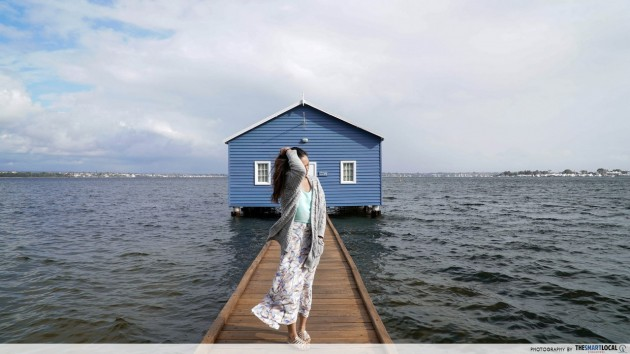
Yes, we know nobody actually lives in the Blue Boat House.
- Rental: AUD2,579.18 (~S2,267.16) for a 1-bedroom apartment in the city centre, and AUD1,886.44 (~S$1,658.23) for one outside of the centre.
- Utilities: AUD349.14 (~S$306.90)
- Wi-Fi: AUD84.12 (~S$73.94)
- Petrol: AUD1.90/litre (~S$1.67)
- Public transport: from AUD2.30/trip, ~S$2.02 (around AUD32.20/week, ~S$28.30 if you make 2 trips a day)
Budget per month: AUD3,012.44 (~S$2,648.01)
While the average cost of utilities and Wi-Fi may be slightly more expensive than Singapore, rent in Perth is actualy 47.7% lower.
You’ll also be saving a significant among of money if you’re getting a car in Australia. A new Toyota Corolla Sedan in Perth costs around AUD35,130.95 (~S$30,880.95), compared to S$158,373.12 in Singapore. That’ll save you around S$123,242.17, bearing in mind that Singapore notorious for high COE prices.
Those who don’t drive can also take the public transport under Transperth. It costs AUD2.30/trip (~S$2.02), but, you can also get a day pass for $10.30 AUD. In comparison, the bus starts from S$1.90 for buses and S$1.09 for the MRT in Singapore.
Food in Perth
- Eating out twice a week: Around AUD30-AUD100 for inexpensive meals
- Groceries: About $153 AUD/week
Budget per month: AUD183-AUD253 (S$160.86-S$222.39)
The range of food we have in Singapore can’t be beat – especially with plenty of hawker centres around. That makes meals affordable, too, with chicken rice costing an average S$3.80. In comparison, an inexpensive meal starts from around AUD15 in Perth, which is relatively more expensive. Hence, it’s more common for those living in Australia to meal prep at home, with groceries costing around AUD153/week (~S$134.49), according to a survey done by Canstar Blue.
Miscellaneous expenses in Perth
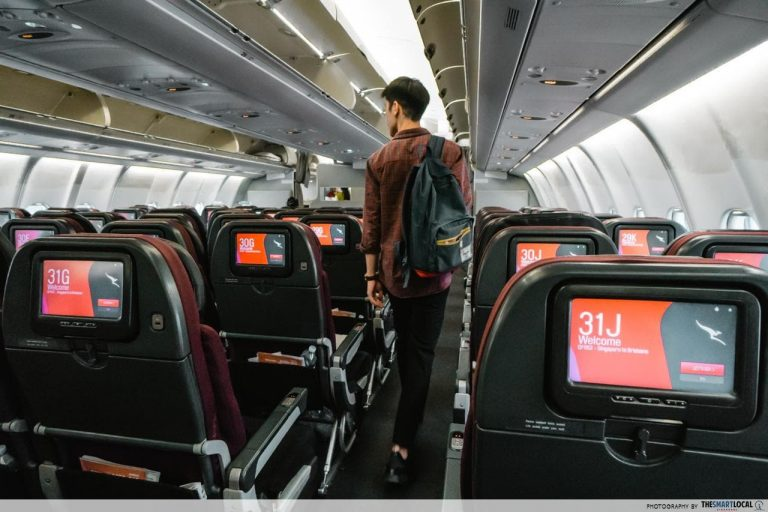
- Health insurance: Average of around AUD147.92 (~S$130.03)
- Gym membership: Around AUD72.36/month (~S$63.61)
- Flights back to SG 2 x a year: Around S$400/round trip on Scoot
Budget per month: Around S$286.95
For fitspos, know that gym memberships are more affordable in Perth too, averaging AUD$72.36 (~S$63.61) compared to S$135.88/month in Singapore. However, you can save some money here by running on your own outdoors instead. After all, Western Australia do have beautiful parks and nature spots such as Hyde Park and Kings Park and Botanic Garden.
And if you’re planning to visit friends and family at home, it costs around S$400/round trip on Scoot, which adds up to around S$800/person if you visit twice a year.
Average cost of living in Perth

Mettams Pool.
Image credit: @madlayne4 via Instagram
In general, the total cost of living in Perth costs around AUD3,499.39/month (~S$3,076.05), inclusive of rent. However, do note that this can fluctuate greatly depending on your needs. Those with kids should also expect to pay more for childcare and school expenses.
Overall, the costs are comparable to Singapore. It might even possible be lower since big ticket spendings like rent and car ownership are more affordable.
Things to know before migrating to Australia
We asked some of our colleagues at The Smart Local on what they wish they knew before migrating to Australia.
Culture & finding community
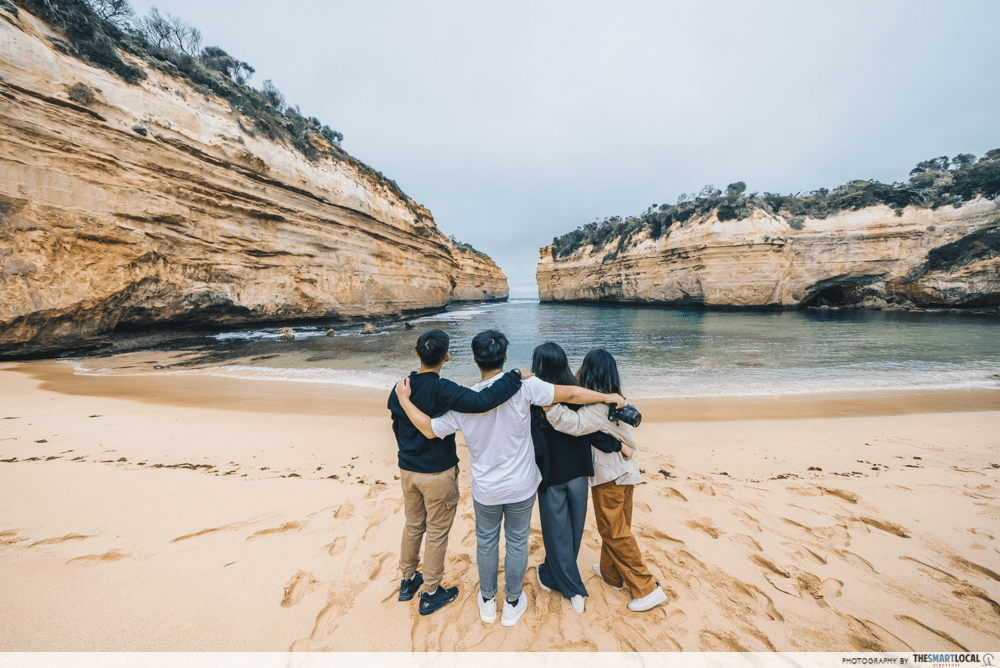
“One thing I wished someone had told me before moving to Australia would probably be to put yourself out there! It can be scary moving to a country with a different culture to Singapore, but everyone is super welcoming and they want to be your friend.”
“When I was at uni I didn’t really venture out of my course until my last year, and I actually ended up joining a Singapore society where I met a lot of like-minded people. I think a lot of Singaporeans are taught to put your head down and just get the work done, but you miss out on so much.”
– Dhanya, lived in Perth for 7 years.
Research non-touristy places
”I wish I researched where the nice, non-touristy spots were in Melbourne. I just hung out alot in the city when there was so much more to explore. Footscray, considered a hub for the Vietnamese community in Melbourne, is a vibey spot. I also love Collingwood for the food scene.”
– Josiah, lived in Melbourne for university.
Save on food & groceries

“Living expenses in Sydney can be quite high, but you can find reasonably-priced food and groceries if you know where to look. Asian stores and restaurants are a safe bet. And if you’re living with housemates or staying with fellow students, splitting the grocery bills is also a nifty tip. Plus, food portions in Australia are also huge – one takeaway can last 2-3 meals if you’re a relatively small eater.”
“Besides that, domestic travel is also affordable, especially if you stay in Airbnb properties on the outskirts of major cities.”
– Aditi, lived in Sydney for her Masters.
Get comprehensive insurance if you’re driving
“One of the things that’s super important if you’re renting a car is to get comprehensive insurance. There are tons of animals and wildlife in Australia, and they have a tendency to jump in front of cars during dawn or dusk.”
– Amie, lived in Melbourne for a 6-month exchange.
All you need to know about migrating to Australia from Singapore
If you’ve made it to this point, congrats. Now, you’ve got all the information you need before making the decision to migrate to Australia from Singapore. Whether it’s looking for a slower pace of life or moving to be with your family or partner, there are plenty of reasons why you’d want to move to Australia from Singapore.
All you have to do is gather the necessary paperwork and make a bookmark of the things you’d want to tick off once you live there. Should you want to get a headstart, read our guide to planning an Australian road trip. For those looking for other greener pastures, check out our guide on how to live in JB as a Singaporean, or read our colleague’s perspective on why this millennial stopped chasing her dream of migrating.
Cover image adapted from: @madlayne4 via Instagram
